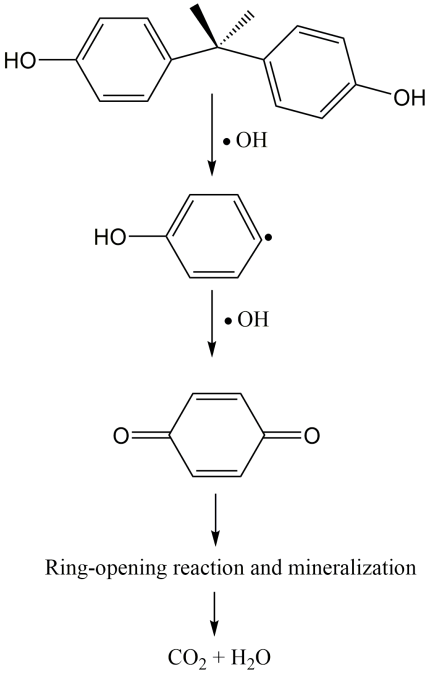CSIC has developed a novel hybrid material consisting on a protein matrix and nanoparticles of
different copper species. The effect of the combination is an enhancement of the peroxidase activity of
the material which leads to degradation of organic molecules at short times. It also shows an
interesting catalase-like activity.
Industrial partners from the chemical or biochemical industry are being sought to collaborate through
a patent license agreement
An offer for Patent Licensing
Catalyst with peroxidase and catalase-like activity
Bisphenol A degradation In the recent years there has been an increase in the use of copper nanoparticles as catalyst due to their high surface-to-volume ratio.
However, the use of these nanoparticles is restricted by copper’s inherent instability under atmospheric conditions, which makes it prone to oxidation.
Therefore, the development of stable and robust copper nanoparticles is necessary, for its use as catalyst.
This invention provides a simple technology to produce a highly active, selective, stable and robust nanocatalyst: a bionanohybrid made up of copper nanoparticles synthesized in situ into an enzyme matrix. The method also allows directing the synthesis of the nanoparticles to obtain the desired copper nano-species.
These novel catalysts showed excellent catalytic performance in the degradation of a toxic and pollutant compound in aqueous media. For example, p-nitrophenol were completely reduced (starting with 150 ppm) into p-aminophenol in 15 seconds. For the degradation of bisphenol A (46 ppm), 95% of the same was removed after 20 minutes.
The catalase activity (degradation of H2O2) of the different synthesized bionanohybrids was evaluated showing a moderate specific activity of 2.49 U/mg in distilled water.
Main innovations and advantages
· The material can be synthetized with a green method: in aqueous media,by a simple procedure, under air and at room temperature.
· The control of the copper species, the size, crystallinity and morphologyof the nanoparticles is possible changing some the conditions of thesynthesis.
· Effective degradation of organic pollutants was achieved up to seconds.
· The catalysts exhibited an excellent stability maintaining 95% of thecatalytic efficiency after 6 cycles of use.
· The bionanohybrid shows catalase-like activity · The material can be used in different catalytic applications:bioremediation, drug intermediates synthesis, bionanosensors orantioxidant therapies.






